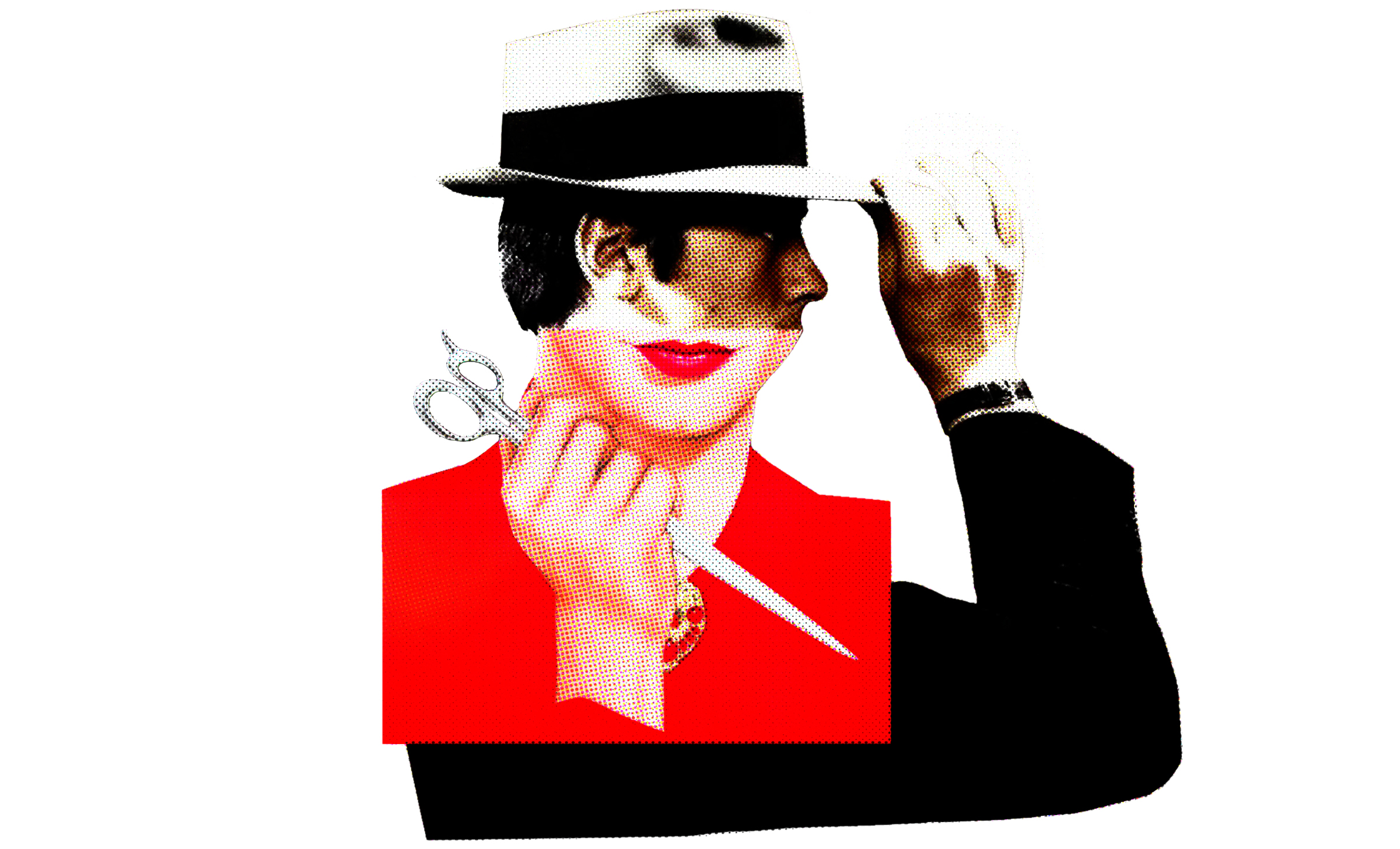
Following our in-depth season focusing on iconic American, British, and French crime thrillers in 2022, Noir International explores how the visual style, thematic concerns, and atmosphere of Film Noir spread throughout a variety of global cinemas, and how the genre still prevails as a mode to explore psychological murkiness and criminal milieux.
The classic cycle of Hollywood Noir (1941-1958) drew inspiration from German Expressionist cinematography, and the moral ambiguity of French Poetic Realism, which makes an appearance in the season in the form of Marcel Carné and Jacques Prévert’s Le jour se lève (1939). This period of American crime thrillers is represented by Jacques Tourneur’s masterful Out of the Past (1947), with the French-American filmmaker marking the prevalence of émigré Europeans, such as Fritz Lang and Otto Preminger, bringing these darker themes to theatres in the US. Meanwhile, the same themes found a place in Akira Kurosawa’s bombed-out Tokyo in Stray Dog (1949), and allowed Fernando Ayala to explore the shadows of WWII guilt that pervaded Argentina in The Bitter Stems (1956). Noir’s close relation to melodrama is made exuberantly evident in Emilio Fernández’ Mexican Golden Age classic Victims of Sin (1951) – a wonderful (and dark) musical, starring enduring rumberas icon Ninón Sevilla.
Cinematic new waves swept the globe in the 1960s, leaving icy and nihilistic crime films, shot in impressively modernist style, in their wake. In Japan, the crystalline design of Masahiro Shinoda’s Pale Flower (1964) imprisoned his tragic gambling lovers, whilst Seijun Suzuki’s yakuza film Branded to Kill (1967) exploded into Pop Art sensibility. But perhaps no-one was quite as cool (or plain desirable) as Alain Delon’s hitman in Jean-Pierre Melville’s nouvelle vague classic Le Samouraï (1967). Lee Man-hee’s Korean films blended Noir aesthetics with melodrama and horror. His deliciously devious The Devil’s Stairway (1964) pays homage to Henri-Georges Clouzot’s canonical Les Diaboliques (1956), while pushing his protagonist’s psychological breakdown to even greater extremes. Across his varied and impressive career, Elio Petri’s greatest triumph was his Oscar-winning satire Investigation of a Citizen Above Suspicion (1971) – a deviously funny, Kafkaesque takedown of Italian bureaucracy and corruption.
With the growing popularity of Neo-Noir in New Hollywood, features became increasingly pastiche-like in construction, and ever more explicit in content. These new steamy thrillers allowed filmmakers to bring the latent eroticism of classic noir to the surface, as exemplified by Laurence Kasdan’s Double Indemnity inspired Body Heat (1981). Across the pond, Wim Wenders combined this new revisionist attitude with New German Cinema for The American Friend (1977), while in the UK, Bob Hoskins flipped expectations of charismatic and alluring Noir protagonists in Neil Jordan’s brilliant snapshot of 80s London sleaze, Mona Lisa (1986). In his pre-Hollywood years, provocateur Paul Verhoeven made a significant impact in The Netherlands with The 4th Man (1983), which is proudly lurid, in bad taste, and satisfyingly excessive. The voyeurism and misogyny of 80s and 90s erotic thrillers would later be deconstructed in Jane Campion’s In the Cut (2003). Wildly misunderstood at release, the film is undergoing critical reappraisal, particularly for Campion’s foregrounding of female desire and subjectivity.
Noir had always been a touchstone for the remarkable crime films made in Hong Kong in the 80s and 90s, which achieved an operatic high-point in Andrew Lau and Alan Mak’s Infernal Affairs (2002). This double-crossing classic features legendary actors Tony Leung and Andy Lau, and was the basis for Martin Scorsese’s Oscar-winning The Departed (2006). Concurrently, and before he made history with his Oscar-winning (and Noir-ish) Parasite (2019), Bong Joon-ho emerged on the international scene with his modern classic, police procedural, Memories of Murder (2003). Our season ends in Mainland China, where Noir aesthetics and themes are still being used effectively to depict modern life in industrial cities, such as in Diao Yinan’s Golden Bear winning Black Coal, Thin Ice (2014), or in Bi Gan’s films, that explore the seedier corners of Kaili City through remarkable and immersive long takes, particularly in his acclaimed Long Day’s Journey into Night (2018).